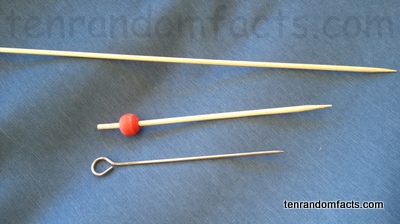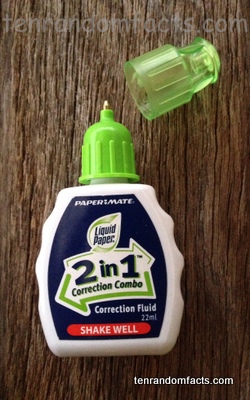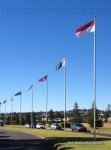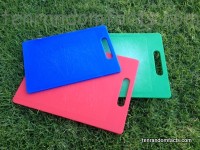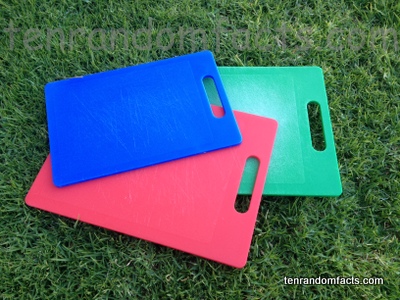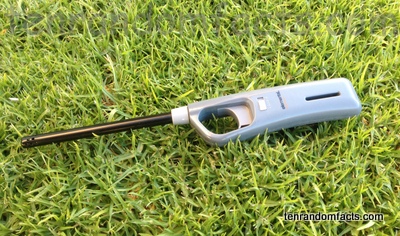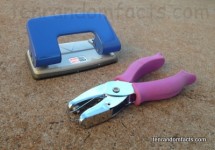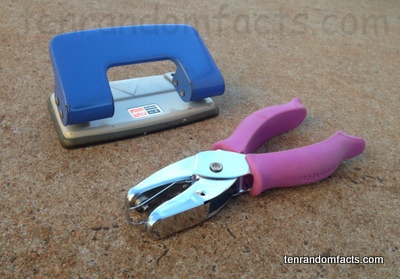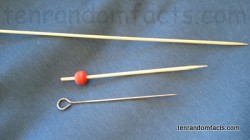
Skewers are really ancient inventions.
- Skewers are long, thin utensils, or sticks, most often used to hold food items, and they usually have at least one pointed end so that food can be easily slid on to the utensil.
- Skewers are commonly used to cook small pieces of food on, especially in barbecues, and meat and/or vegetables are common ingredients to make items like kebabs, yakitori and other food dishes.
- Skewers have been used for centuries, and while their origins are uncertain, they were likely to be sticks of wood that were used to cook meat over an open fire.
- Fresh fruit and other food items are sometimes served on skewers, and small decorative ones may be used for ornamental purposes in beverages.
- Wooden skewers should be soaked in water for 30 minutes to an hour, before being placed over a heat source, as this helps to prevent the burning of the wood.
- Skewers have been used prominently throughout history in the cuisine of Asia’s Japan, Europe’s Greece, the Pacific islands and also Turkey in the Middle East.
- Skewers come in a range of sizes, colours and shapes, and are typically made of stainless steel, wood like bamboo, and sometimes glass.
- Some skewers, like twigs of rosemary, are pleasantly scented and the aroma permeates the cooked food.
- When cooking on skewers, it is a good idea for food items to be placed with a small gap between each piece, to allow for each item to be cooked evenly, and each stick should contain items that cook at the same rate to prevent burning of some, and under-cooking of others.
- Skewers are often used at market stalls or public events to serve food, as the food is easily handled and portable, making it good for takeaway purposes.
Bibliography:
History of the Skewer – Origins and Invention of Skewers, n.d, Eating Utensils, http://www.eatingutensils.net/history-of-other-eating-utensils/skewer-history/
Kelley P, What are Skewers?, 2014,eHow, http://www.ehow.com/info_8242571_skewers.html
Skewer, 2014, Wikipedia, http://en.wikipedia.org/wiki/Skewer




